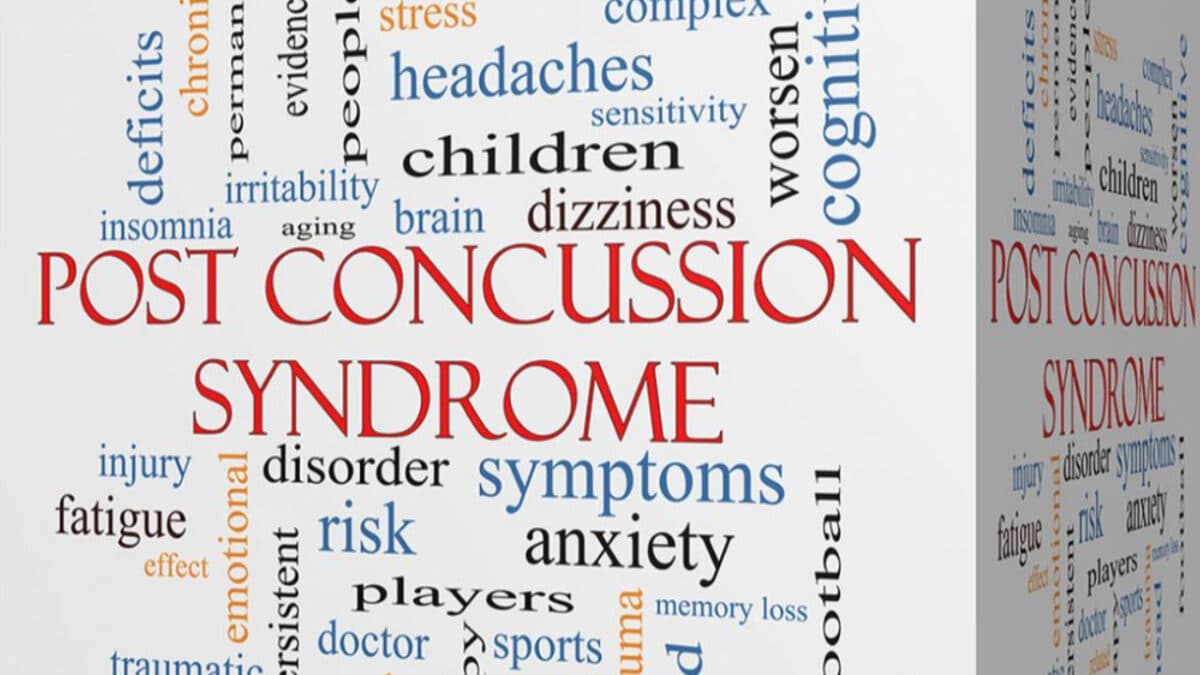About 80-90% of all TBI’s are classified as mild (or a concussion). The incidence of mild TBI is 600/100,000. However due to a lack of recognition and missed diagnoses this number may be twice as high1.
True mild TBI’s are often overlooked and clients miss the opportunity for early intervention. This may be due to the fact that the client comes to the hospital with other physical injuries and these are being treated first, such as fractures.
The main cause of a mild or moderate brain injury is a coup-contrecoup injury, when the brain bounces back and forth inside the skull. The coup injury happens when the head stops abruptly because of an impact and the brain then crashes into the skull.
The contrecoup injury occurs when the brain then bounces inside the skull and impacts the opposite side of the skull. This type of injury can occur during a rear-ended motor vehicle collision.
The most common symptom of the coup-contrecoup injury comes in the form of a contusion at the point of initial impact.
How severe a TBI is, is based on the following 3 things:
- Loss of consciousness
- Loss of memory, and
- The Glasgow Coma Scale score
MILD BRAIN INJURY
- A loss of consciousness, if any, lasting for less than 30 minutes
- Memory loss after the traumatic event, called post-traumatic amnesia or PTA, that lasts for less than 24 hours
- A Glasgow Coma Score of 13 – 15
MODERATE BRAIN INJURY
- A loss of consciousness that lasts for more than 30 minutes but less than 24 hours
- Post-traumatic amnesia lasting for 24 hours to 7 days, or
- A Glasgow Coma Score of 9 – 12
SEVERE BRAIN INJURY
- A loss of consciousness that lasts for more than 24 hours
- Post-traumatic amnesia lasting for 7 days or longer, or
- A Glasgow Coma Score of 8 or less, which indicates that the patient is in a coma
CT scans and MRI often appear normal in patients with mild TBI. The MRI cannot show microscopic shearing and tearing that is thought to be the major mechanism in mild to moderate brain injury.
There is a lack of evidence-informed guidelines for the diagnosis of concussion/mTBI at entry point of care (e.g. emergency department, family doctor, walk-in clinic) in Ontario’s health care system. Individuals with brain injuries are leaving the hospital undiagnosed.
Concussions Ontario completed a study in 2013, where they 1) analyzed visits to emergency department and family physicians that resulted in a diagnosis of concussion or visits for ongoing management, and 2) looked at how concussion services provided in various clinics across the province differ.
The study found that between 2008 and 2011 approximately 210 000 patients were seen annually for concussion in Ontario and that there was inconsistency in the care that they received. This number is three times higher than previous research has shown (Concussions Ontario 2013).
The study found that in Ontario it takes patients over 200 days after first presentation to be seen by specialists when requiring expertise to manage persistent symptoms. There was also found to be a large amount of variability in practice in clinics, resulting in the treatment of concussions to be inconsistent across the province. Another issue that the study uncovered was the lack of pediatric concussion specialization in Ontario. Children were found to have the greatest incidence of concussion in Ontario, especially those under age 5, and referrals to specialists took on average 2 months more for them as compared to referral times for adults (Concussion Ontario 2013).
Obtaining a baseline understanding of how concussion is being diagnosed and managed is critical to moving towards standardized practice and improved service models. This project may also help address the barriers to protocol use and set the stage to measure the effectiveness of any future interventions to increase knowledge.
So this is where family doctors come into the picture, as the patient will often proceed to their GP with head injury symptoms.
Recognizing that the client has experienced a brain injury and beginning early intervention is important. Early intervention includes:
- Education about brain injury symptoms and recovery times
- Support/Reassurance
- Graded exposure to activity
- Antidepressant medication (SSRIs) if needed
- Cognitive therapy
- REDUCING STRESSORS – Symptoms → ↑ STRESS → ↑ Symptoms → ↑ STRESS
The above early intervention is often completed by an OT who is experienced and training in working with individuals with brain injury.
It is important to let the client know that the impairment is NOT permanent and good functional recovery is expected. 95% of mTBI patients show no cognitive deficits beyond 3 months.
If symptoms do persist after 3 months, then it is called Post concussive syndrome (PCS). Symptoms include a cluster of cognitive, somatic and emotional symptoms following a mild TBI which include: headaches, dizziness, fatigue, irritability, reduced concentration, sleep disturbances, memory impairment, sensitivity to noise or light, nausea, anxiety and depression.
At this point, a referral might be necessary to the Toronto ABI Network, which then refers to a Head Injury Clinic. There are 4 head injury clinics in Ontario including: St. Mikes, Sunnybrook, Parkwood Hospital and London Hospital.
They provide interdisciplinary and highly specialized follow-up for the comprehensive management of traumatic brain injury (TBI) patients. This includes management of physical, behavioral, cognitive, psychological and psychosocial symptoms following a TBI.
Their main goal is to manage and treat TBI patients until they successfully reintegrate back into the community (e.g. school, work). The clinic is an interdisciplinary team of experts including a neurorehabilitation specialist, a physiatrist, a neuropsychologist, a neuro-otolaryngologist, a psychiatrist, a clinical nurse specialist/case manager, a social worker and research coordinators.
If you have any more questions about the Toronto ABI Network and how to make a referral, please contact us. We would be happy to provide you with more information.

